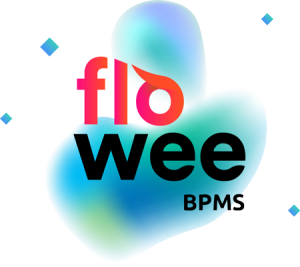Digital Transformation in Insurance – Where to Start to Avoid Burning Through Your Budget?
Digital transformation is not just a trend for insurance companies—it’s a necessity. Customers expect fast online service, regulators impose new requirements, and competitors introduce innovations. At the same time, it’s easy to end up with a scenario where digitalization leads to a “burned” budget and no measurable results. How can you avoid this? How should you approach digital transformation pragmatically, starting from real needs, using process data, and building IT roadmaps that actually work?
Why Is Digital Transformation Necessary?
- Because digital customer expects immediate reaction (e.g. valuation, consent, payment)
- Additionally regulatory compliance (e.g., IDD, GDPR, KNF) requires new tools and reporting
- Automatyzacja pozwala również przełamać ograniczenia kadrowe i skalować działalność

The Biggest Mistakes in Digital Transformation for Insurance
- First, digitalizacja „na czuja” – bez strategii i pomiaru celów
- Furthermore focusing on technology instead of business needs
- Additionally Brak aktualnej mapy procesów i danych
- Also lack of communication with operational departments z działami operacyjnymi
- As a result: overspending on expensive systems that don't fit the company scale
Where to Start? Step by Step
- First of all – audit the current state
- Which processes work well, and where are there delays or manual work?
- Which systems are already in place? Are they fully utilized?
- Then define business goals and success metrics
- What do you want to improve? (service time, unit cost, NPS)
- How will you measure it?
- Next thing: build an IT and digitalization roadmap
- Prioritize: Start with the most critical or costly processes
- IT Architecture: Integrate rather than replace everything
- Plan in stages: MVP, pilot, iterations
- Roadmap
- Finally – cooperation with technology partner
- The partner should understand insurance processes, not just technology
- Not to mention cost and scope transparency to eliminate "black box" risks

How to Prepare a Roadmap Step by Step?
A well-thought-out roadmap is the foundation of any effective transformation. To avoid chaos and manage risk well, approach it in stages:
1. Identify business goals
Consider what you want to achieve: cost reduction, shorter service times, better regulatory compliance.
2. Map company's current processes and systems
Analyze how the organization operates today—where are the strengths, where are the bottlenecks?
3. Choose areas with the greatest potential (quick wins and critical processes)
Start with processes that are frequent, cumbersome, or key for the customer.
4. Plan the implementation steps
Consequently, divide activities into short-term and strategic ones. Include integration, testing, training, and change management.
5. Define success metrics
How will you measure progress? Set indicators such as process duration, number of errors, automation level, NPS, etc.
6. Communicate and verify on an ongoing basis
The roadmap is not a “set-and-forget” document. It should be updated regularly based on data and feedback.
What Should Be Digitalized First?
- Policy servicing and claims handling – high volumes, quick results
- Client onboarding and remote identification
- Supporting processes: documents, email, internal information flow
How a well-planned digitalization allowed the creation of a fully digital process in just 5 months?
Digital transformation in insurance doesn’t have to be expensive or risky. The key is a good strategy and a partnership approach to implementation.

The administrator of the data entered in the form is Finture Ltd. Personal data will be processed to establish contact and answer questions. More information about your rights and data processing rules is available in the privacy policy.

Our solutions for insurance
Automation
for Insurance companies
Whether you are interested in a ready-made or a tailored solution, our team will guide you through the process.


Flowee BPMS – a secure and stable
fork of Camunda 7 CE
𝗙𝗹𝗼𝘄𝗲𝗲𝗕𝗣𝗠𝗦 𝟬.𝟳.𝟭 – is a secure and stable open-source engine that supports those who have relied on 𝗖𝗮𝗺𝘂𝗻𝗱𝗮 𝟳 𝗖𝗘 until now. From monitoring to task management. Discover our roadmap and download your version of Flowee BPMS CE.


